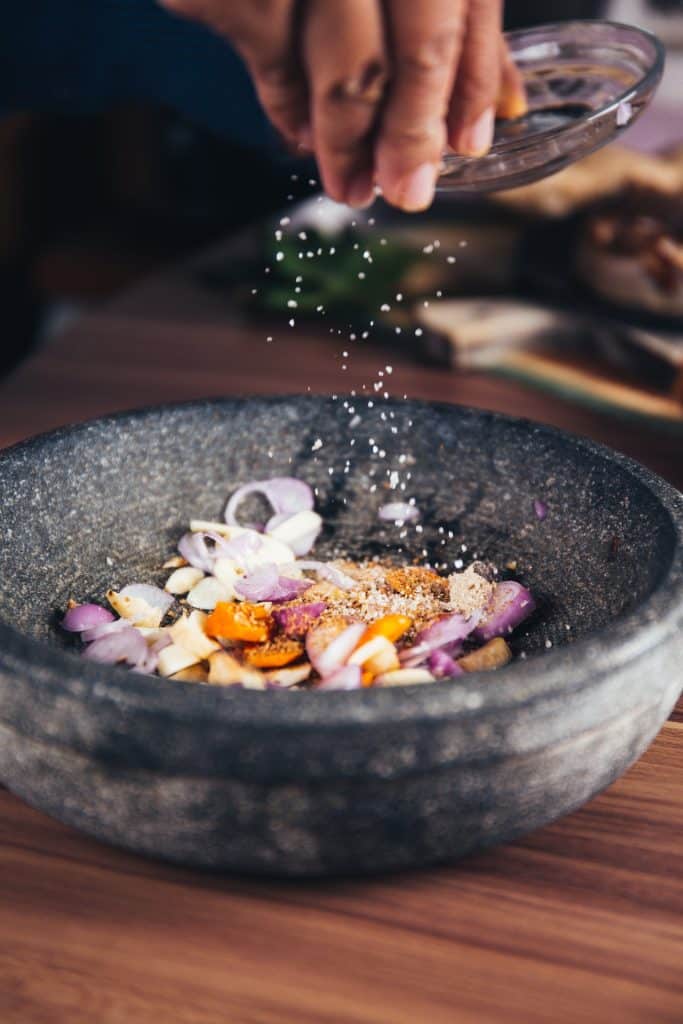Dandong Insights
Explore the vibrant stories and updates from Dandong and beyond.
Dishing Up the Perfect Shot
Unleash your culinary creativity! Join us as we reveal tips and tricks for capturing stunning food photos that will make mouths water.
5 Tips for Capturing Mouthwatering Food Photography
Capturing mouthwatering food photography requires more than just pointing and shooting. First and foremost, consider your lighting. Natural light is your best friend when it comes to food photography. Position your dish near a window to take advantage of soft, diffused light, which can highlight the textures and vibrant colors of the food. For indoor setups, try to avoid using harsh overhead lighting as it can create unflattering shadows and alter the colors of your dish. Experiment with different times of day to see when the light in your space is most flattering for your culinary creations.
Next, focus on composition. Use the Rule of Thirds to create a balanced and engaging photograph. Imagine your frame divided into nine equal parts, where the key elements of your dish are positioned along these lines or at their intersections. Additionally, don’t be afraid to play with angles; sometimes a top-down shot can showcase a beautifully arranged plate, while a side angle can better capture layers or textures. Lastly, remember to style your food with care—garnishes, utensils, and backgrounds can enhance the visual appeal and help convey a tempting atmosphere, making the final image not just a photo, but a feast for the eyes.

The Art of Plating: Making Your Dish Camera-Ready
Plating is more than just putting food on a plate; it’s an art form that can elevate the dining experience. To make your dish camera-ready, consider the colors and textures of the ingredients. Use a variety of colors to create visual interest. For example, a vibrant green pesto atop a creamy white pasta, accented with bright red cherry tomatoes creates an irresistible composition. Additionally, the texture plays a crucial role—balancing crispy elements with smooth components will not only please the palate but also entice the eye.
Another key aspect of plating is the arrangement. Try using the rule of thirds as a guideline; place the main component in a way that guides the viewer's eye across the plate. Utilize negative space effectively; sometimes less is more. Don't overcrowd your plate; instead, allow each element to shine individually. Finally, a garnish can add that finishing touch—whether it's a drizzle of sauce, a sprinkle of herbs, or a dash of edible flowers, the right garnish can turn a good dish into a stunning masterpiece.
How Lighting Affects Your Food Photos: Tips for Perfect Shots
When it comes to food photography, lighting is arguably the most critical element that can make or break your images. Natural light is often the preferred choice among food photographers, as it offers a soft, diffused quality that enhances the colors and textures of your dishes. To achieve the best results, try shooting your food photos during the golden hour—shortly after sunrise or before sunset—when the light is warm and gentle. On the other hand, if you're shooting indoors, position your food near a window to take advantage of the daylight. Avoid harsh overhead lights and shadows, which can distract from the beauty of your culinary creations.
In addition to timing and placement, experimenting with various lighting techniques can greatly improve your food photos. For instance, using reflectors can help bounce light back onto your subject, filling in shadows without overwhelming the scene. Similarly, consider using a diffuser to soften direct light, creating a more balanced and appealing look. Remember, the key to stunning food photography lies in finding the perfect balance between light and shadow, which brings out the best in your ingredients. With these tips in mind, you'll be well on your way to capturing mouthwatering images that entice your audience.